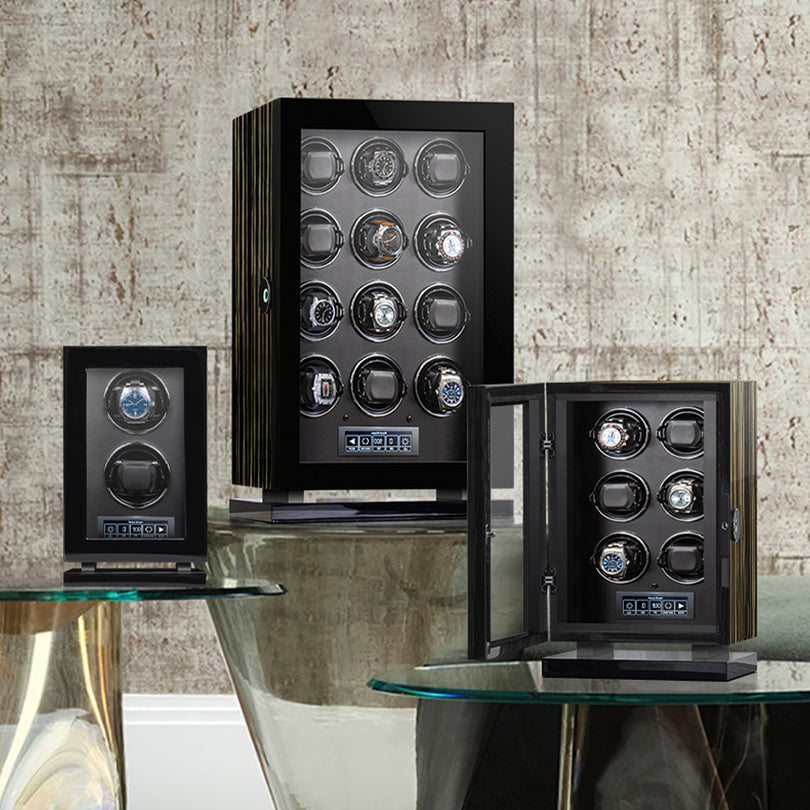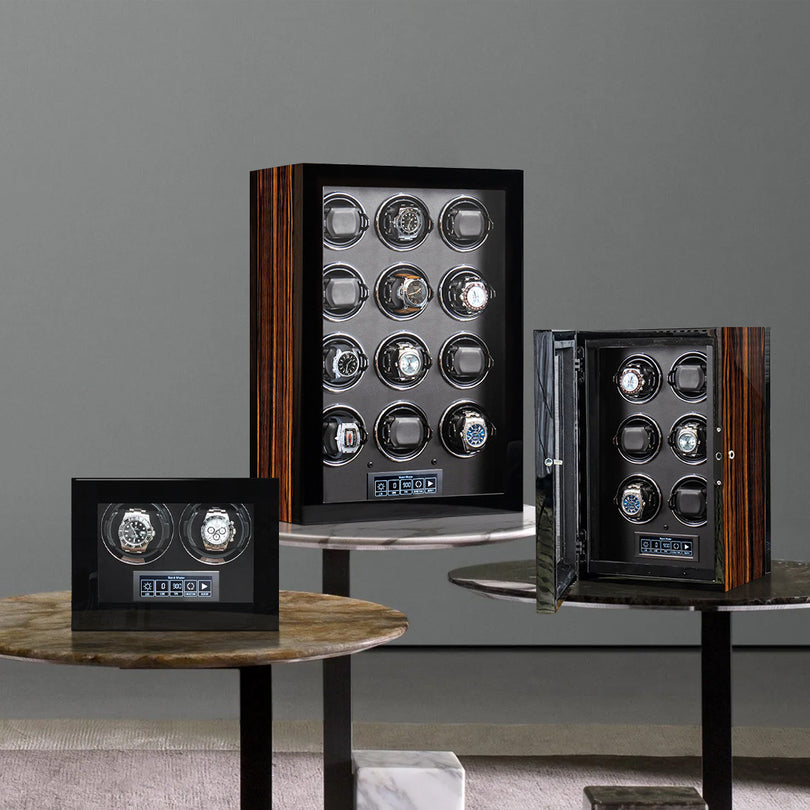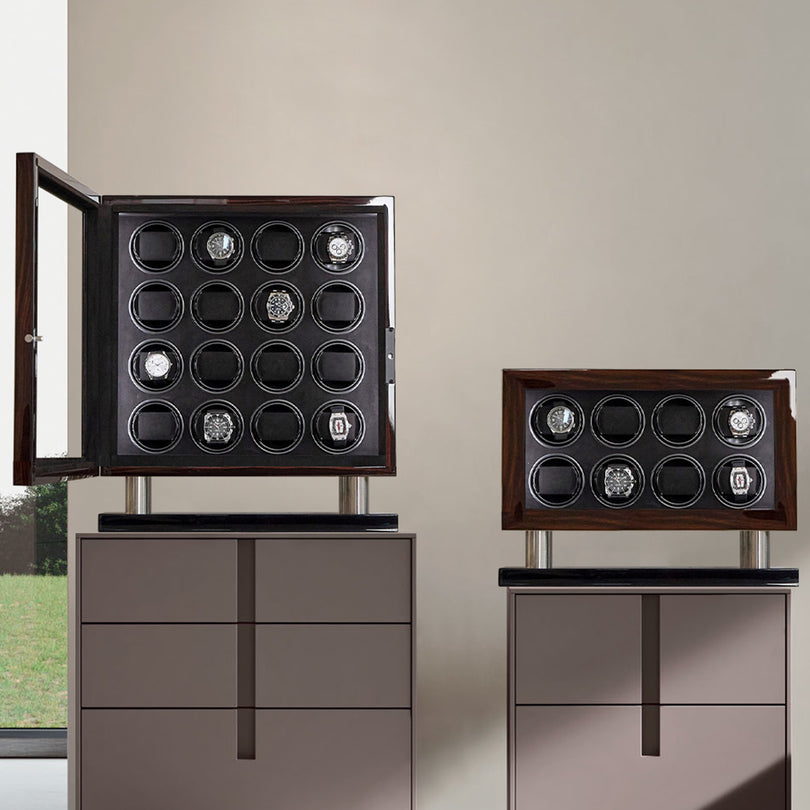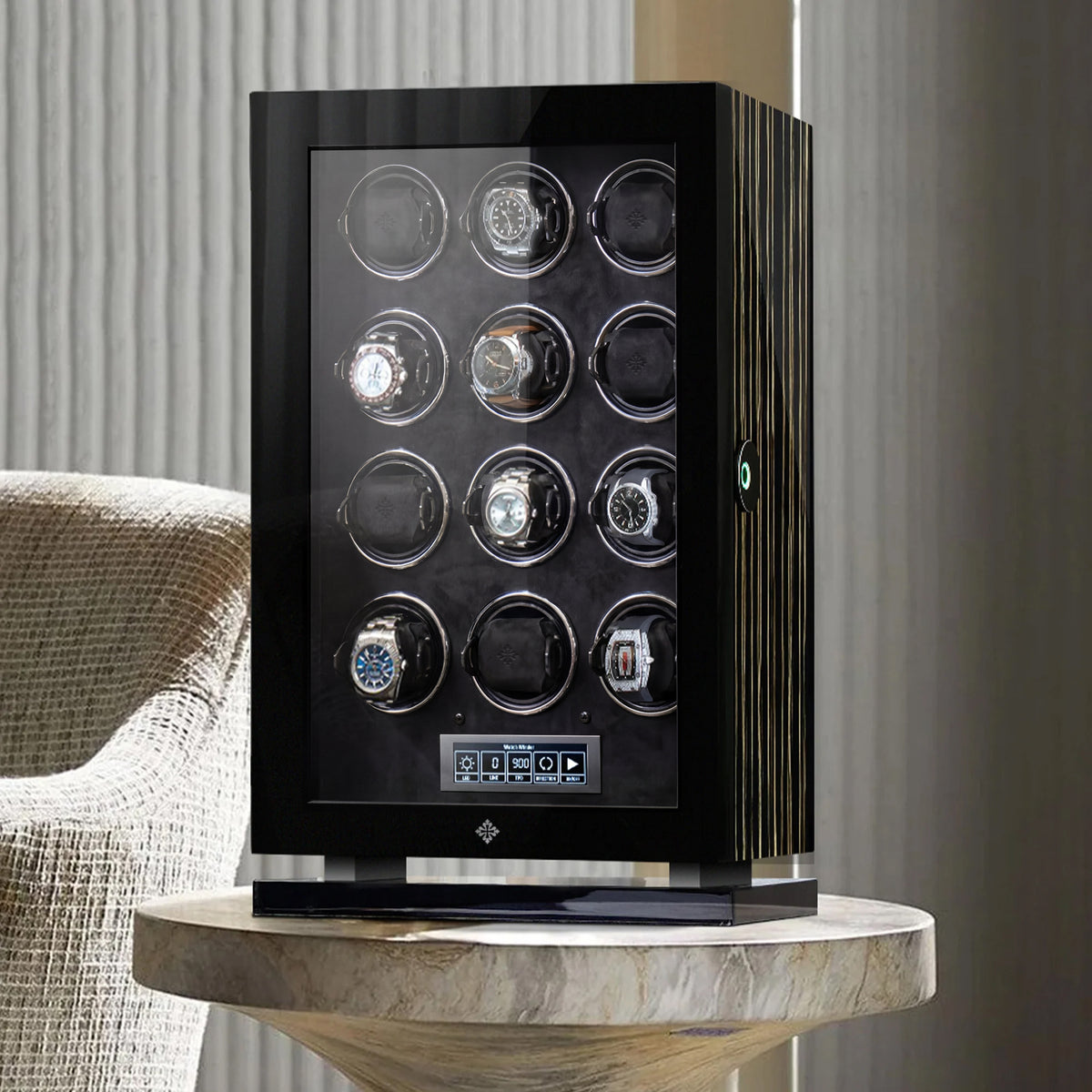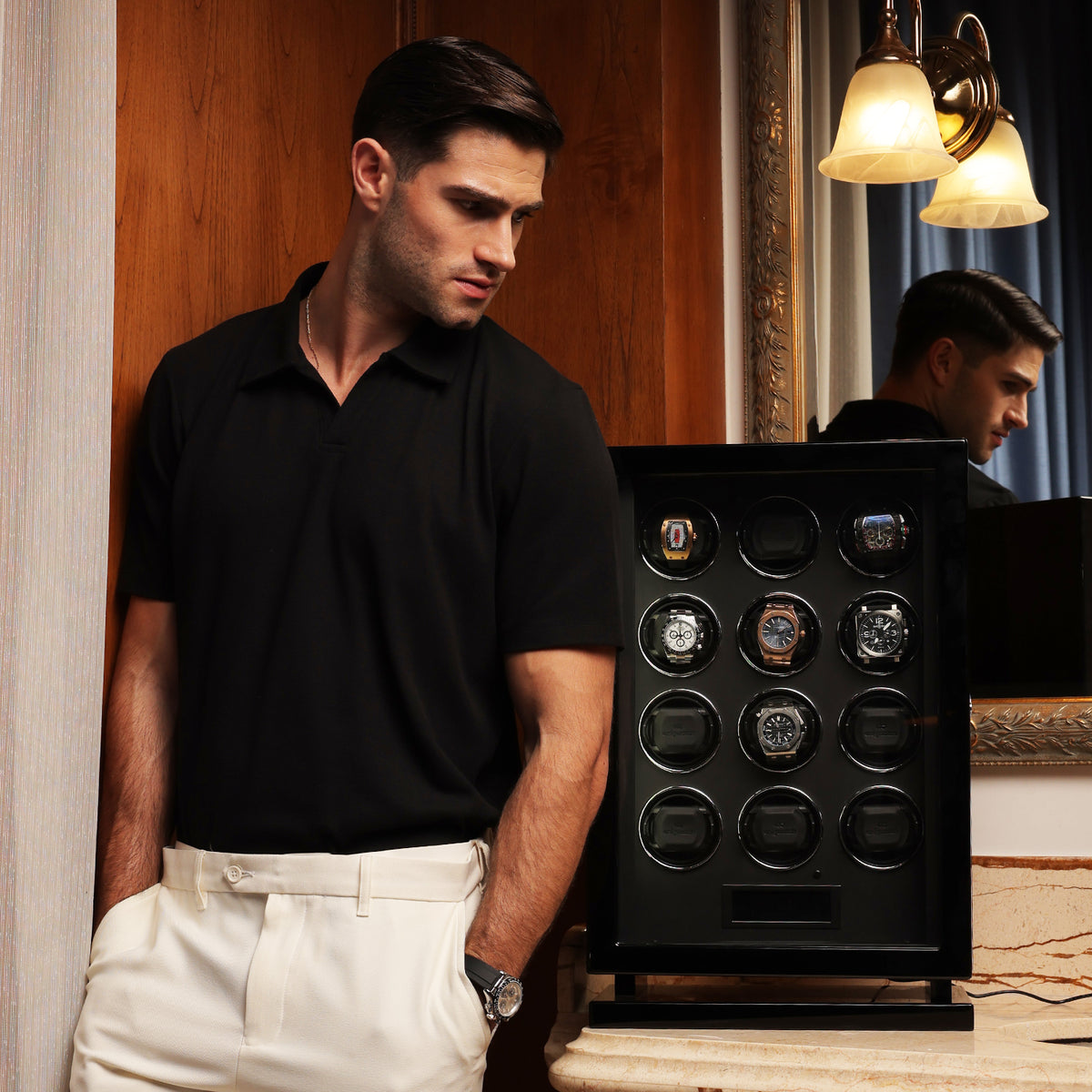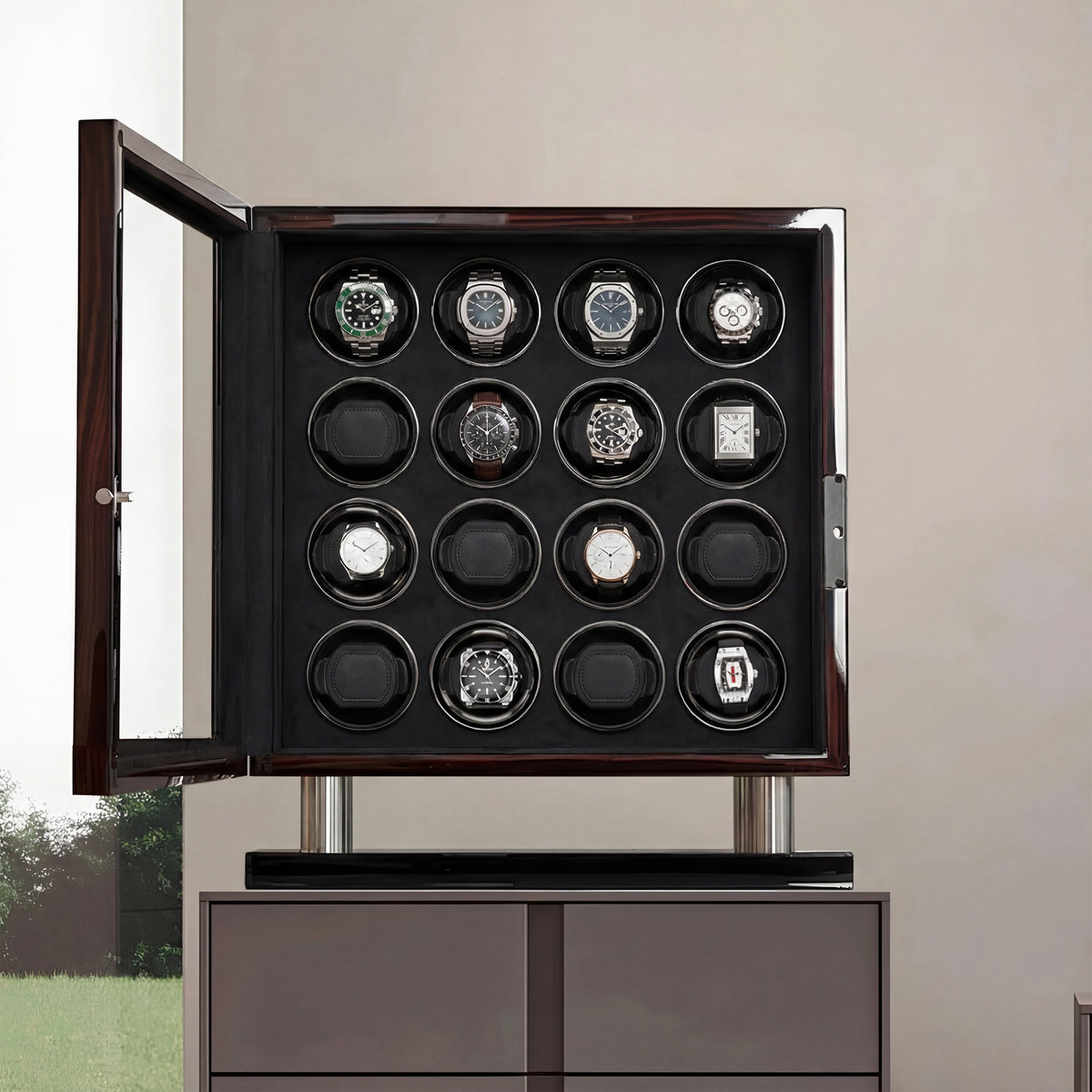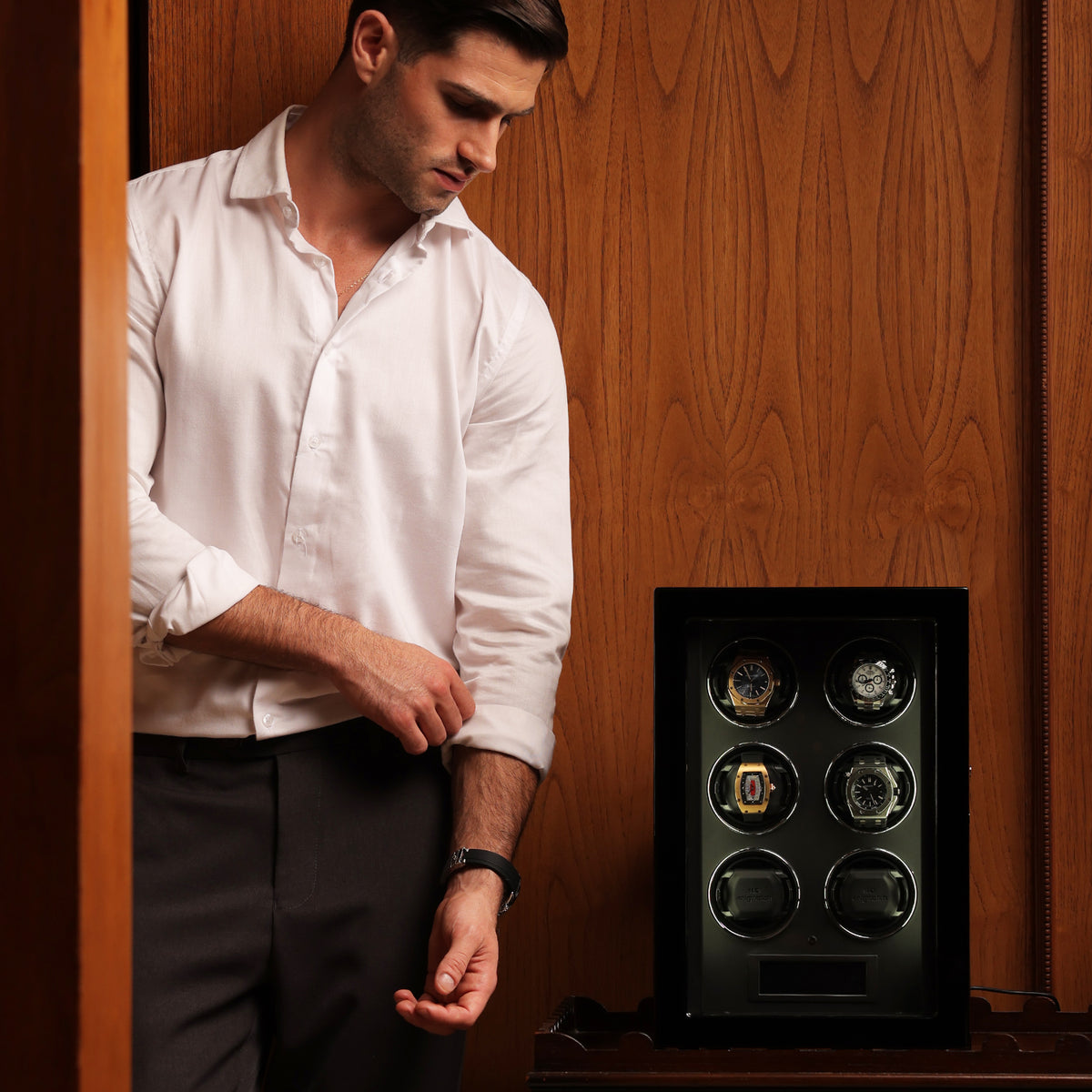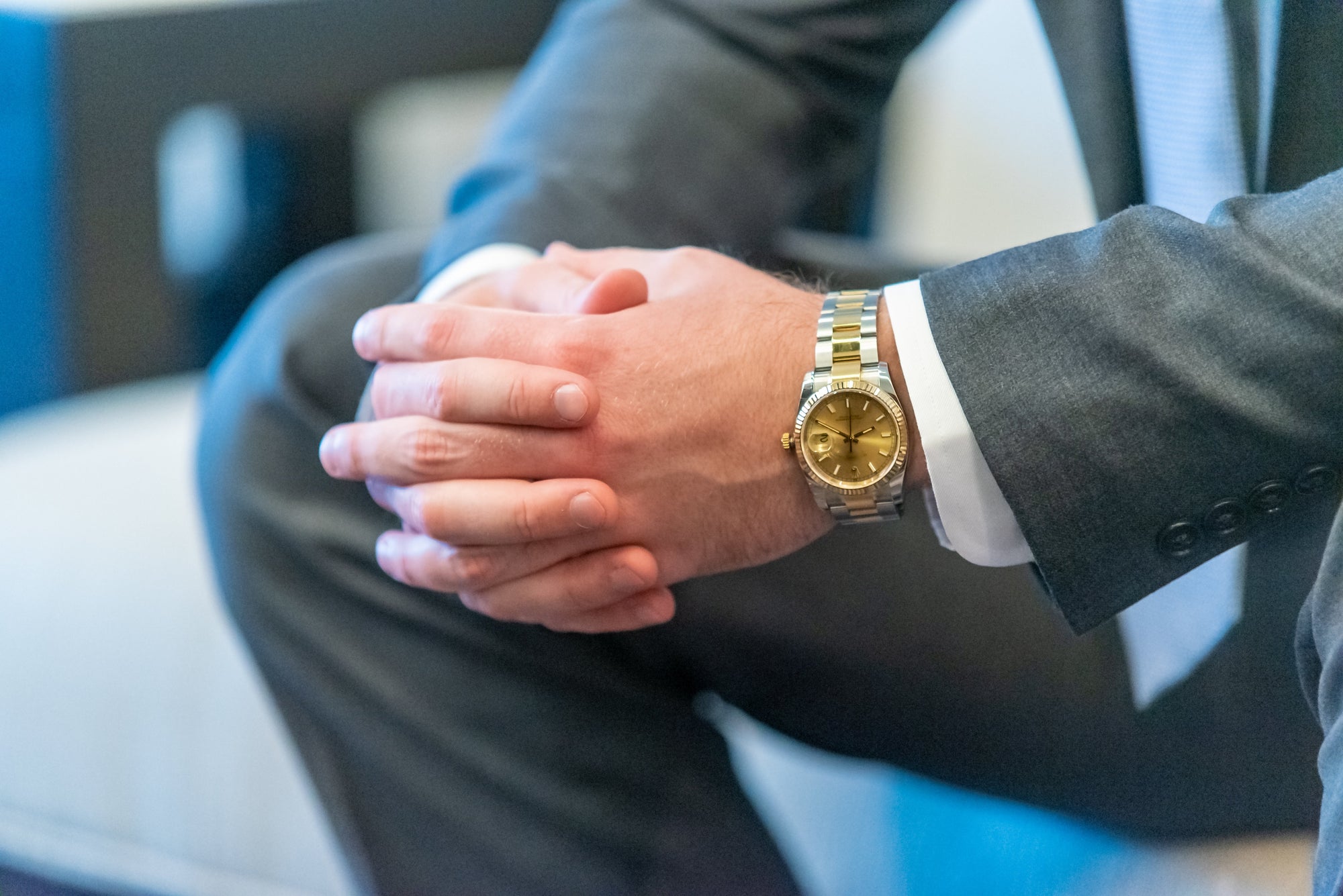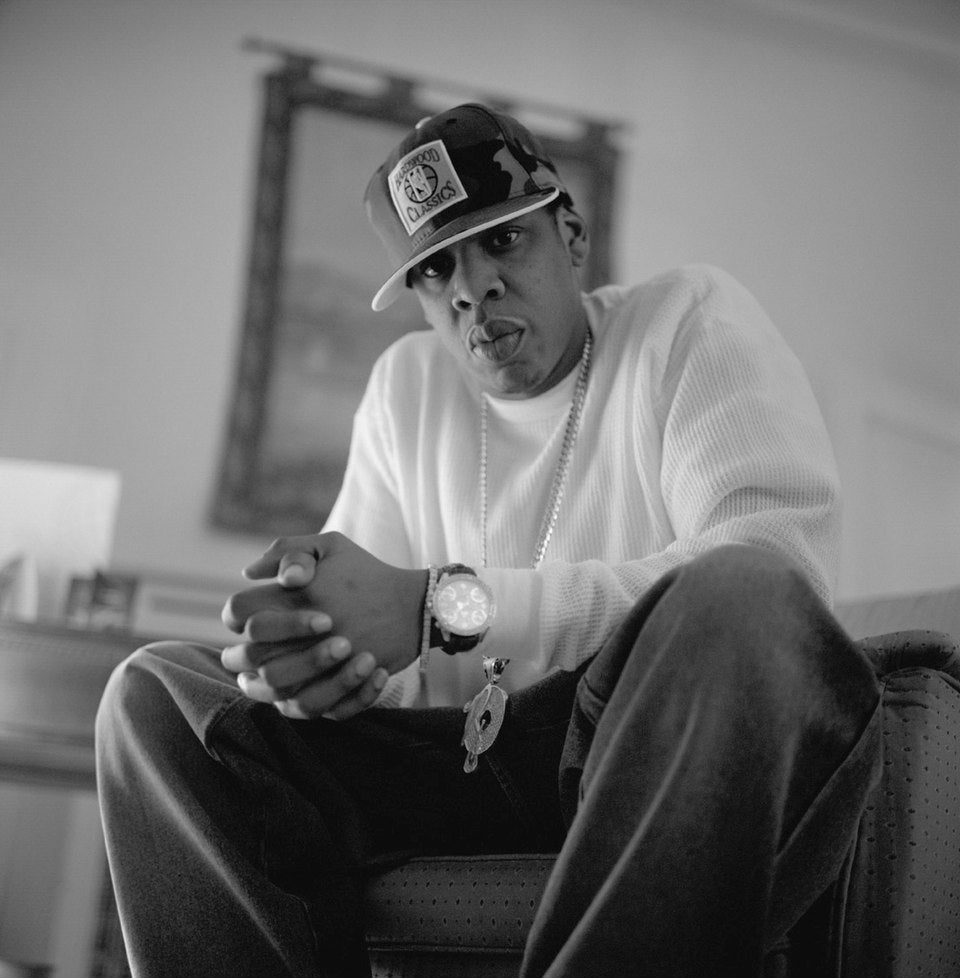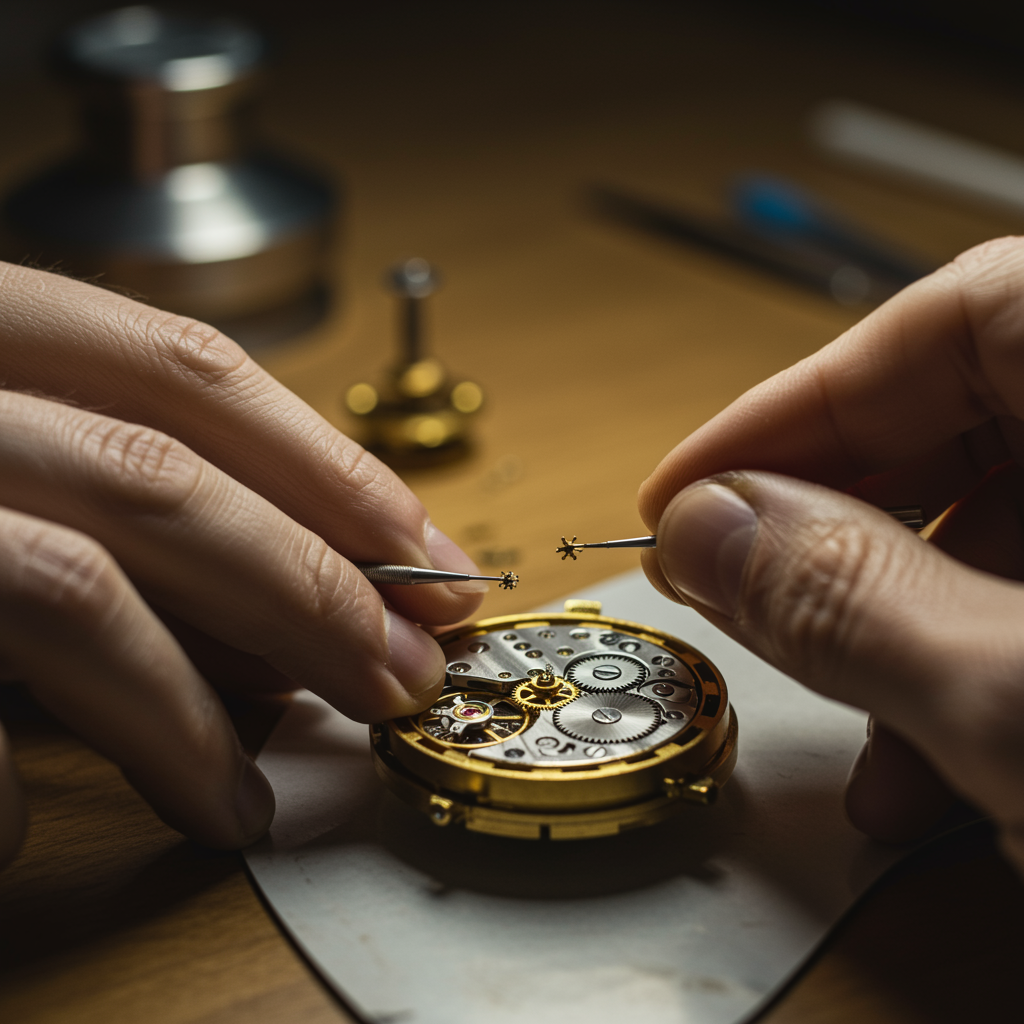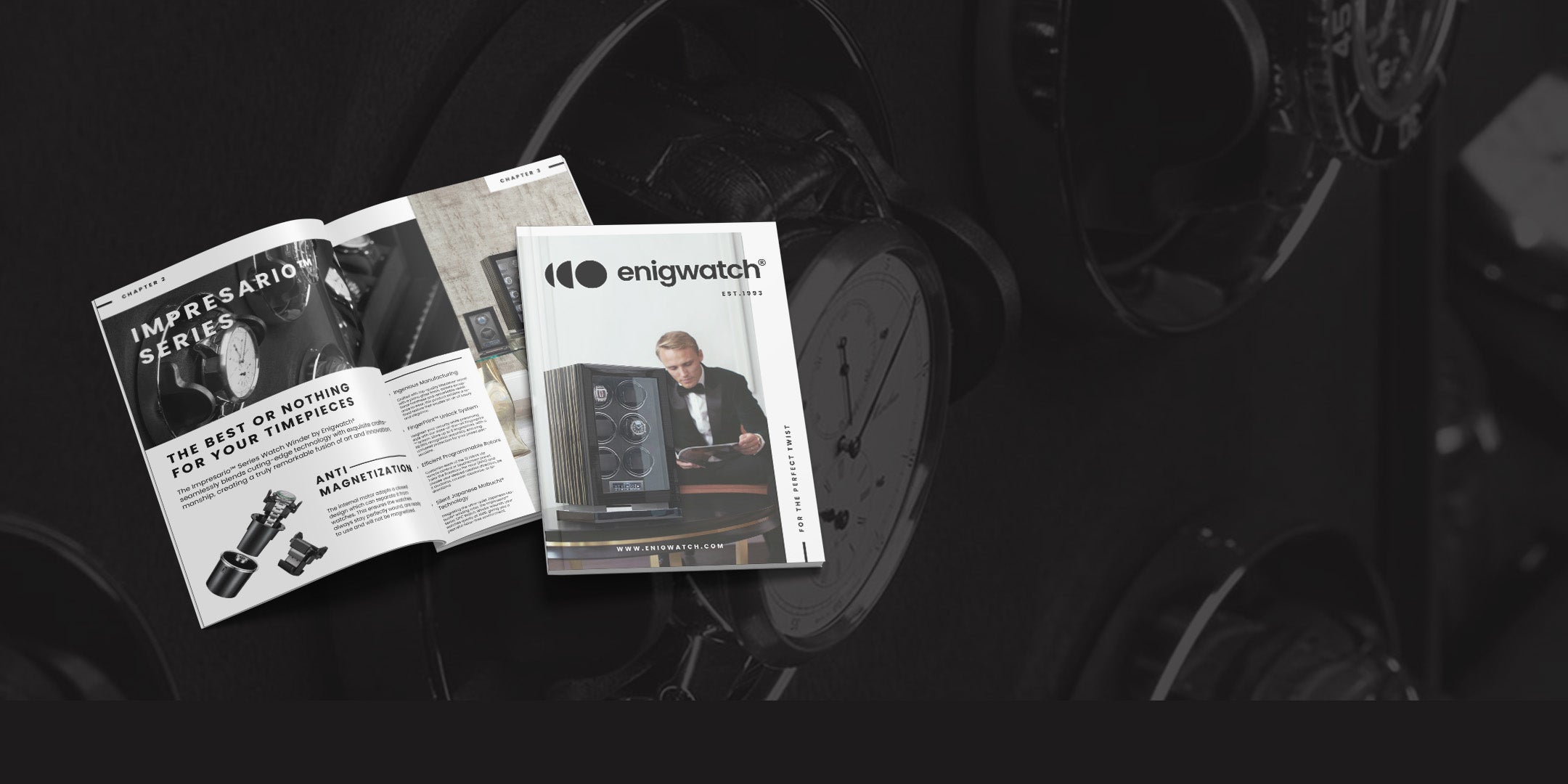Watch winders are intriguing devices for any automatic watch enthusiast. They are designed to keep automatic watches fully wound and ready for use by mimicking the natural movement of the wrist. This is especially handy for those who own multiple watches and can't wear each one daily to keep it running. Watch winder: Yes or no? Understanding this choice depends on how often you rotate your watches and if convenience is a priority.
Understanding how a watch winder works can help you decide if it's the right choice for your collection. Essentially, a watch winder rotates the watch in a way that powers its internal mechanism. This continuous movement keeps the watch ready to wear without the need for manual winding.
Knowing the basics of how a watch winder operates can clear up many misconceptions and questions about its necessity and functionality. It's a blend of convenience and care, ensuring your watch maintains its timekeeping accuracy and power reserve even when not in use.
What is a Watch Winder, and How Does it Work?

A watch winder is a device designed to maintain the power reserve of your automatic watches. It rotates the watch, which causes the rotor inside the automatic movement to move and wind the mainspring. This process ensures that the watch stays operational, particularly when it's not being worn.
The functionality of a watch winder is crucial for collectors who do not wear the same watch daily. Without a winder, an automatic watch would stop and require resetting. Winders are particularly beneficial for complex watches with features like perpetual calendars or moon phases, which can be tedious to set repeatedly.
Investing in a watch winder can save time and extend the life of your watch by keeping the lubricants in the movement evenly distributed, which is essential for its longevity and accurate timekeeping.
Do I Need a Watch Winder for My Automatic Watch?

Deciding whether you need a watch winder depends on your lifestyle and watch-wearing habits. If you often switch between different watches or own an automatic watch that you don't wear daily, a watch winder is quite beneficial. It keeps the watch running smoothly and ensures it's always ready to wear, which is particularly helpful for watches with complex features and settings.
For individuals who wear the same watch every day or can manually wind and set their watches without much hassle, a watch winder might not be essential. Yet, for collectors and those with luxury automatic watches that require detailed adjustments, a winder is invaluable to keep these exquisite timepieces accurate and ready at all times.
Consider your personal watch-wearing habits and the complexity of your watches when deciding if a watch winder is suitable for you. It's more than just convenience; it's about preserving the precision and functionality of your valuable timepieces. If you are considering purchasing a watch winder, there is a collection available that might meet your needs. Explore the various options available at Enigwatch Watch Winder Series to find the perfect fit for your collection.
Can a Watch Winder Damage My Watch?

There's a common concern among watch owners that winders might harm their watches. The truth is, a quality watch winder designed with the correct settings for your specific watch type should not cause damage. It's crucial to use a winder that allows you to adjust the number of turns per day (TPD) and the direction of rotation to match the specifications of your watch.
Poorly made winders or incorrect settings, however, can lead to excessive wear or strain on the watch's movement. To avoid potential damage, invest in a well-reviewed winder and ensure it's set up according to your watch's requirements.
Proper use of a good quality watch winder should actually help extend the life of your automatic watches by keeping them running smoothly and maintaining the distribution of lubricants within the movement.
How Often Should I Use a Watch Winder?

Using a watch winder consistently can be beneficial, especially for watches that are not worn daily. The key is to mimic your normal wearing pattern as closely as possible. Most watches benefit from being on a winder when not in use, as it keeps the mechanism active and the oils distributed.
It's not necessary to keep a watch on the winder indefinitely. Many collectors rotate their watches between the winder and safe storage. This method reduces any risk of overuse and mirrors typical usage patterns, which can include days when the watch is not worn.
Regular but not continuous use of a watch winder represents a balanced approach, maintaining the watch’s function without putting undue stress on its components. This strategy helps maintain the longevity and performance of your automatic watches.
How Many Turns Per Day (TPD) Should My Watch Winder Have?

The optimal number of Turns Per Day (TPD) for a watch winder varies based on the specific watch's requirements. Most modern automatic watches are designed to function well with a setting of around 600 to 800 TPD. However, some watches may need fewer or more turns, and the direction of turns (clockwise, counter-clockwise, or both) can also vary.
It's important to refer to the manufacturer's guidelines for your specific watch model to set the winder correctly. Incorrect settings can either fail to fully wind the watch or put excessive strain on the movement.
Many high-quality winders offer adjustable TPD settings and rotation directions, allowing you to customize the operation to fit the needs of different watches in your collection. This flexibility is crucial for maintaining the health and accuracy of each piece.
Is a Single or Multiple Watch Winder Better for My Collection?

Choosing between a single or multiple watch winder depends largely on the size and variety of your watch collection. For collectors with several automatic watches, a multiple watch winder is a practical choice. It allows you to keep all your watches wound and ready for wear, which is especially convenient if you rotate your watches frequently.
A multiple winder also saves space compared to having several single winders and can be more cost-effective. They often come with individual settings for each slot, allowing for customization based on each watch's specific winding needs. This feature is essential for collections that include watches with different winding requirements.
However, if you only have one or two automatic watches or if your collecting is focused on very high-value pieces, a single winder might be sufficient. Single winders can be a good start for new collectors and can be scaled up as your collection grows. Additionally, they allow you to invest in a high-quality unit for each watch, ensuring optimal care. If you're just starting out and looking for more guidance on how to begin and grow your collection effectively, you should consider looking into "Starting a Watch Collection: A Complete Guide for Beginners!" for detailed insights and practical tips tailored for beginner collectors.
Can I Leave My Watch in the Winder All the Time?

Leaving a watch in the winder all the time is generally safe but not always necessary. While it's convenient to have your watch always ready to wear, it's also important to consider the wear and maintenance of the watch's mechanism. Continuously running a watch can cause wear over time, albeit very slowly, so some downtime is beneficial.
For watches that you wear frequently, using a winder makes sense even daily. However, for pieces that are worn less often, periodic winding may be sufficient. It's good practice to give watches a break from the winder, especially if they have complex mechanisms that could wear from constant movement.
Moreover, the quality of the winder is crucial. High-quality winders are designed to operate without overstraining the watch's mechanism, usually featuring functions that mimic natural wearing conditions closely.
Do Watch Winders Work with All Automatic Watches?

Watch winders are generally compatible with most automatic watches, but there are exceptions and nuances to consider. Some very fine or vintage watches may have specific needs that not all winders can meet, particularly regarding the direction and number of rotations required.
It's essential to check the manufacturer's recommendations for winding to ensure compatibility. Most winders offer adjustable settings for direction and turns per day (TPD), which can be set to match the specifications of different watches to ensure they are wound correctly.
If you have a particularly delicate or antique watch, consult a watchmaker to confirm if a winder is suitable, as some vintage watches may not be designed to handle the continuous operation of modern winders.
Can a Watch Winder Overwind My Watch?

Modern automatic watches are designed with an internal mechanism that prevents them from being overwound. This mechanism, typically a slipping clutch, disengages the winding process once the mainspring is fully wound. Therefore, a good quality watch winder, correctly set up, should not overwind a modern automatic watch.
However, it is crucial to ensure that the winder’s TPD settings align with your watch’s specifications. Overwinding concerns are more relevant for vintage watches or lower-quality winders. Always consult your watch’s manual or a professional to determine the appropriate settings for your specific models.
Should I Use a Battery-Operated or Plug-in Watch Winder?

The choice between a battery-operated or plug-in watch winder depends on your needs and preferences. Battery-operated winders offer greater flexibility and portability. They can be placed anywhere without needing proximity to an outlet, which is ideal for safe deposit boxes or spaces without convenient power sources.
Plug-in winders, on the other hand, provide the reliability of constant power without the need to replace batteries. They are suitable for home setups where the winder can remain in one place. These are often more powerful and can support multiple watches simultaneously.
Consider your usage habits, where you'll store the winder, and how many watches you need to wind when choosing between battery-operated and plug-in options.
How Long Should I Keep My Watch in the Winder Each Day?

Determining how long to keep your watch in a winder each day depends on the specific needs of your watch and the winder’s settings. Typically, watches only need a few hours in a winder to maintain optimal power reserve. Overwinding isn't usually a risk with modern automatic watches due to their built-in mechanisms that prevent it, but it's still good practice to mimic natural wear.
For most automatic watches, setting your winder to operate for part of the day or night is sufficient. This can keep the watch fully operational without putting excessive strain on the movement. Some winders come with programmable settings that allow you to run them for a specific number of hours and then rest, which can be particularly useful.
The best approach is to consult your watch’s manual for the recommended power reserve and adjust your winder's settings accordingly. If your watch has a 40-hour power reserve, you might set the winder to operate just enough to maintain that reserve without constantly running.
Are Watch Winders Noisy?

The noise level of watch winders can vary significantly depending on the quality of the winder. High-quality watch winders are designed to operate quietly, with low-noise or silent motors that make them suitable for bedroom or office environments where noise could be a concern.
Cheaper models, however, may have louder motors or less efficient designs that produce more noise during operation. This can be disruptive, especially if the winder is kept in a quiet room or near where you sleep.
To ensure a quiet operation, look for winders that specifically mention their noise levels or those that use precision-engineered Japanese or German motors, which are renowned for their quiet operation. Reading reviews or testing the winder before purchasing can also help you assess its noise level.
Do Watch Winders Require Maintenance?

Like any mechanical device, watch winders do require some level of maintenance to ensure they continue to function correctly and efficiently. Maintenance typically involves regular cleaning to remove dust and debris that might accumulate inside the winder, which could potentially affect its performance or even transfer to your watches.
Mechanical maintenance, such as lubricating the motor or checking the gears, is generally minimal due to the sealed nature of most modern winders. However, it’s important to check the manufacturer's guidelines for any specific maintenance recommendations or schedules.
For longevity and optimal performance, always use your winder as directed and store it in a dry, temperature-controlled environment. Avoid exposing the winder to extreme conditions that could cause wear or damage over time.
Can a Watch Winder Affect the Accuracy of My Watch?

Generally, a watch winder should not negatively affect the accuracy of an automatic watch. By keeping the watch wound, winders can actually help maintain the watch’s accuracy, especially for watches that rely on a constant state of operation to maintain their timekeeping precision.
However, if a winder does not correctly match the specifications of the watch (e.g., turns per day, direction of winding), it could potentially cause the watch to either run too fast or too slow. Ensuring that the winder’s settings are correctly adjusted for your specific watch model is crucial.
It’s also worth noting that while winders can help maintain accuracy by keeping the watch running, the fundamental accuracy of the watch still largely depends on the quality and condition of the watch’s own movement.
Is it Safe to Use a Watch Winder for Vintage Watches?

Using a watch winder for vintage watches can be safe, but it requires careful consideration of the specific needs and condition of the watch. Vintage watches may not have the same built-in protection mechanisms as modern watches, such as overwind protection, which makes them more susceptible to damage if not correctly handled.
Before placing a vintage watch in a winder, it’s advisable to have it checked by a professional watchmaker to ensure it is in good working order and to discuss whether a winder is suitable. If used, the winder settings should be carefully adjusted to meet the lower energy requirements typical of many vintage watches.
It’s also critical to ensure that the vintage watch has been recently serviced and lubricated, as the oils inside older watches can degrade, making them less effective and potentially damaging the movement if the watch is kept in constant motion.
Can a Watch Winder Help with Watch Maintenance?

Yes, a watch winder can be a useful tool in maintaining your automatic watches. By keeping the watch moving, a winder helps ensure that the lubricants within the movement are evenly distributed, which is crucial for the long-term health and accuracy of the watch.
For watches with complex perpetual calendars or other complications, keeping them running accurately can save time and the potential hassle of setting them manually after they stop. This is particularly beneficial for collectors who may not wear each piece frequently enough to keep it wound.
While a watch winder can aid in maintenance, it is not a substitute for professional servicing. Watches should still be serviced at the intervals recommended by the manufacturer to address any wear, replace old oils, and ensure that the watch operates perfectly.

